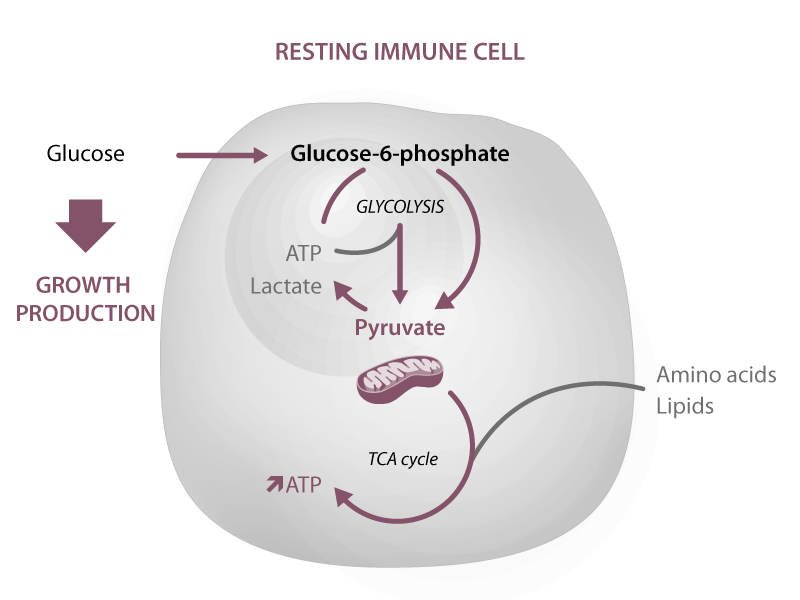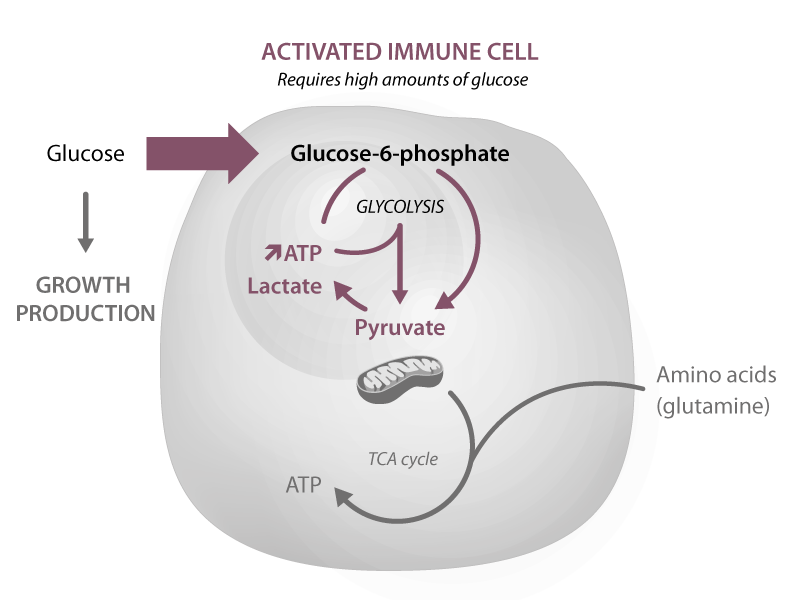Endotoxins: Inducers of inflammation
Maximizing energy and nutrient partitioning toward production processes is key for economically profitable livestock farming. Inflammation is characterized by a decreased production, an inefficient feed utilization, a poor reproduction and increased health care costs. An important source of inflammation are endotoxins or lipopolysaccharides (LPS). Production animals are continuously exposed to endotoxins throughout their life cycle. Moreover, the presence of these toxins has been suggested to be associated with multiple metabolic disorders. Therefore, it is essential to develop an effective strategy for eliminating the detrimental impact of endotoxins to reduce economic losses for farmers.
The high cost of inflammation
Endotoxins are recognized by Toll-like receptors (TLR), typically TLR4, leading to the activation of the immune system. The recognition of endotoxins by their respective TLR initiates signalling pathways, which results in the translocation of the transcription factor, nuclear factor kappa beta (NF-κB), into the nucleus, which increases the expression of pro-inflammatory cytokines. These cytokines help to initiate an acute phase protein (APP) response by the liver.
An activated immune system needs a larger amount of energy and nutrients than a resting immune system. To meet this need, energy and nutrients are diverted from production purposes (e.g. synthesis of skeletal muscle, milk and eggs and development of foetuses) to support the immune response. Moreover, pro-inflammatory cytokines suppress appetite resulting in a reduced nutrient uptake for production purposes.
Metabolic cost: Energy
Resting immune cells oxidize pyruvate (derived from glucose), along with lipids and amino acids, through the TCA cycle to efficiently produce energy (ATP) required for the survival of immune cells.
During inflammation, immune cells become substantial and obligate glucose consumers to support the energetic needs for activation. Therefore, they switch their metabolic needs from oxidative phosphorylation to aerobic glycolysis for a fast generation of ATP. This switch in metabolism requires high amounts of glucose, leading to less available energy for growth and production.


Metabolic cost: Protein
Inflammation and immune system activation are associated with modifications of protein and amino acid metabolism. This is due to an increased production of pro-inflammatory cytokines, such as interleukin 1 (IL-1), interleukin 6 (IL-6) and tumor necrosis factor α (TNF-α), which are known to be involved in protein metabolism regulation. During inflammation, amino acids are used for the synthesis of inflammatory and immune proteins, to support cell proliferation, and for the synthesis of other compounds important for body defense functions.
Combat endotoxin-induced inflammation
Endotoxins are inflammation inducers and are a costly affair. It is therefore imperative that the amount and toxicity of endotoxins in the GIT and the leakage of endotoxins across the GIT is minimized. EndoBan is a unique product that combines different strategies to remove and detoxify endotoxins in the GIT before they can cause energy-consuming inflammation.
References are available upon request.
Contact us for more information!
